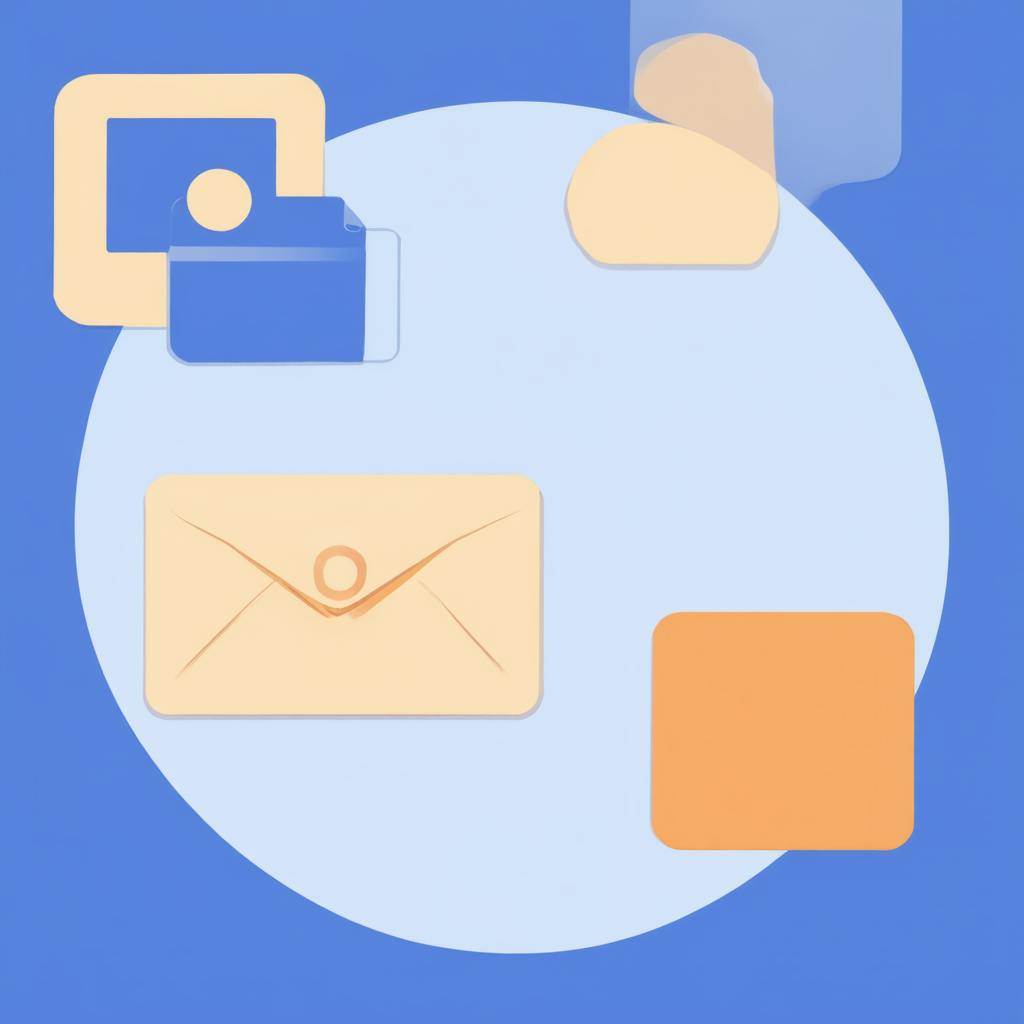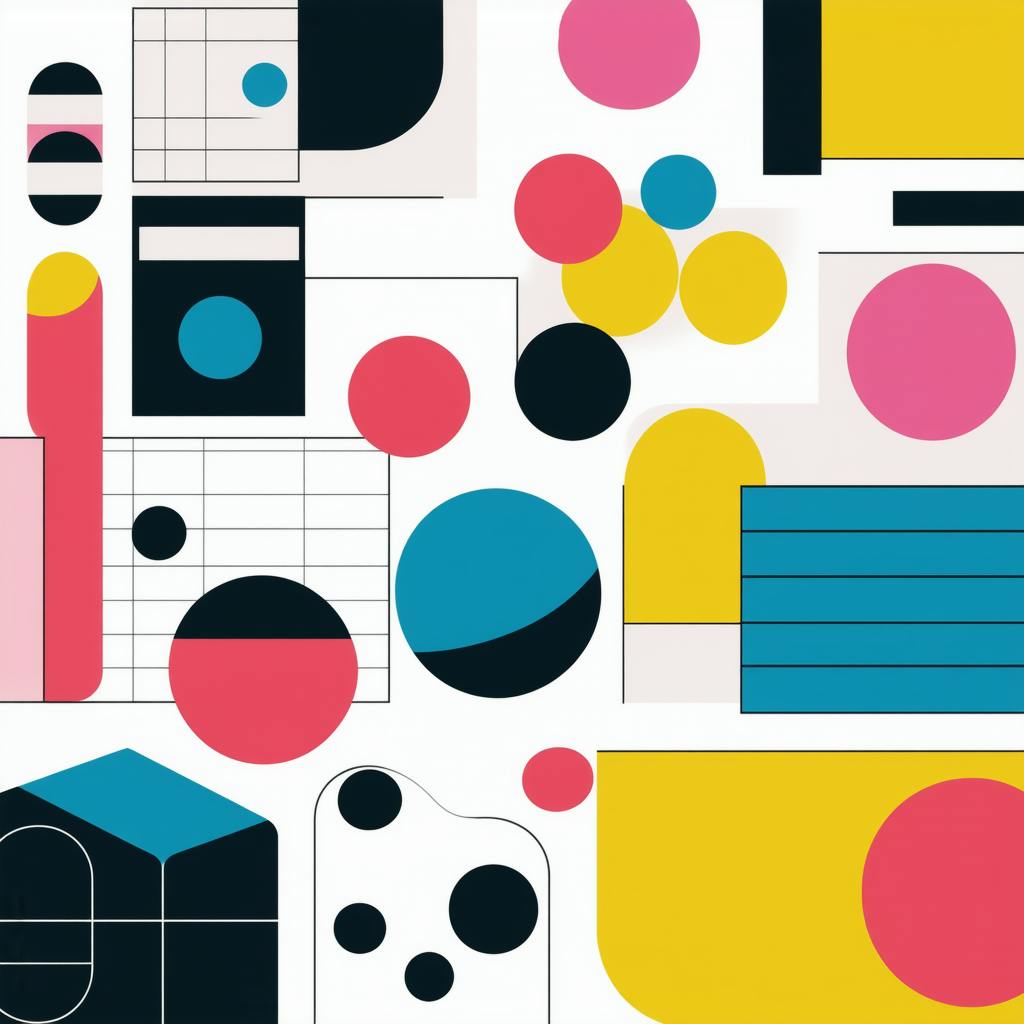In today's digital landscape, taskflow UX design has emerged as a critical element in creating seamless and engaging user experiences. This approach focuses on efficiently guiding users through a series of tasks or processes, ensuring their journey is intuitive and frictionless. Taskflow UX design involves creating detailed task flow diagrams, which map out user interactions and decision points within an application or website. By streamlining task flows, designers can enhance usability and satisfaction, ultimately leading to increased user engagement and conversion rates.
Understanding Taskflow UX Design
To fully appreciate the impact of taskflow UX design, it's crucial to understand what it entails. The process is centered around identifying and mapping out the user journey through task flow diagrams, which are visual representations of various user actions and their sequence. These diagrams highlight user intents, system responses, and possible contingencies. The primary goal is to create an intuitive path that minimizes confusion and maximizes ease of use. By addressing all possible scenarios, task flow diagrams ensure that users can navigate through tasks with minimal effort and without encountering unnecessary obstacles.
Enabling Efficient User Journeys
Taskflow UX design is all about efficiency—ensuring that users can accomplish their goals with the fewest possible steps. This involves dissecting complex processes into simpler tasks and arranging them logically. By doing so, designers can create a UX process flow that is not only easy to understand but also efficient to execute. For instance, a well-optimized task flow might involve reducing redundant steps in a checkout process, thereby shortening the path from product selection to purchase confirmation. This economization of the user's time and effort directly contributes to higher satisfaction and lower churn rates.
The Impact of Effective Task Flows
Taskflow UX design, when executed effectively, leads to compelling user experiences that keep users returning to your platform. Well-defined task flows foster a sense of accomplishment in users as they smoothly transition from one step to the next without obstacles or confusion. This sense of efficiency can significantly enhance user satisfaction and loyalty. Implementing clear and logical task flows not only boosts usability but also differentiates a product in a competitive marketplace. Moreover, seamless task flows can reduce the learning curve for new users, making it easier for them to adopt and engage with the product.

AI made with Dean Jones
Backed by Proven Methodologies
The principles of taskflow UX design are established on solid research and a deep understanding of user behavior. Utilizing proven methodologies, such as user testing, feedback loops, and iterative design, ensures that task flows are optimized for real-world scenarios. Task flow diagrams act as blueprints, allowing designers to test and refine UX process flows before full-scale implementation. Feedback from users and stakeholders drives continuous improvements, adapting task flows to meet evolving user needs and industry best practices. By leveraging credible data and methodologies, taskflow UX design integrates seamlessly into the holistic UX strategy of a product.
Addressing FAQs in Taskflow UX Design
Why is taskflow UX design important?
Taskflow UX design is important because it directly influences the ease with which users can complete tasks. A well-designed taskflow enhances user satisfaction, reduces errors, and increases overall engagement.
How do task flow diagrams aid in UX design?
Task flow diagrams provide a visual representation of the user's journey, making it easier to identify and address potential pain points in the UX process flow. They serve as a communication tool for designers and stakeholders to agree on the best user pathways.
What challenges might designers encounter in taskflow UX design?
Designers may encounter challenges such as identifying all possible user scenarios, ensuring accessibility across devices, and balancing simplicity with comprehensive functionality. Continuous testing and user feedback are essential in overcoming these challenges.
Frequently Asked Questions: Taskflow UX Design
What is taskflow UX design and how can it improve user journeys?
Definition of Taskflow UX Design
Taskflow UX design refers to the process of mapping out and optimizing the sequence of actions that a user must take to achieve a specific goal within a digital product or service. This involves understanding, organizing, and refining the steps users follow, ensuring they are intuitive and efficient. The primary aim is to reduce friction and enhance the overall user efficiency and satisfaction.
Improving User Journeys
Taskflow UX design improves user journeys by:
- Streamlining Processes: Simplifies complex processes by reducing redundant steps and eliminating unnecessary actions.
- Enhancing Clarity: Provides clear guidance and feedback at each step, helping users understand what to do next.
- Error Reduction: Minimizes potential errors by aligning user paths with natural user behaviors and expectations.
- Increased Engagement: Users are likely to stay engaged when tasks are straightforward and time-efficient.
- Fostering Satisfaction: Users experience less frustration and more satisfaction when their goals can be achieved quickly and easily.
What strategies can be used to optimize taskflow UX design for seamless user journeys?
User Research and Analysis
- User Interviews & Surveys: Gather insights directly from users about their needs, challenges, and preferences.
- Usability Testing: Observe users as they perform tasks to identify pain points and inefficiencies.
- Task Analysis: Break down each task into smaller components to understand the user's journey in detail.
Mapping and Prototyping
- Task Mapping: Create a detailed map of existing taskflows to understand the current state and areas for improvement.
- Wireframing & Prototyping: Develop low and high-fidelity prototypes to test and iterate taskflows before final implementation.
Design Principles and Patterns
- Consistency: Maintain consistent design elements across different steps of the taskflow to create a cohesive experience.
- Feedback and Confirmation: Provide feedback after actions are taken to confirm user decisions and guide them through the task.
- Progress Indicators: Use progress bars or step markers, especially in multi-step tasks, to help users understand how far they've come and what's left.
Iterative Testing & Optimization
- A/B Testing: Test different taskflows and identify which sequences perform best for users.
- Continuous Feedback Loops: Regularly seek user feedback post-launch to refine and optimize taskflows further.

AI made with Dean Jones
What are the common challenges in taskflow UX design and how can they be overcome?
Complexity in Processes
- Challenge: Complex processes can confuse users and lead to errors.
- Solution: Simplify interfaces and break down tasks into smaller, more manageable steps.
Aligning Business Goals with User Needs
- Challenge: Discrepancies between what businesses want and what users need can lead to inefficient designs.
- Solution: Engage cross-functional teams to ensure that business objectives align with user-centered design principles.
Technological Constraints
- Challenge: Existing technology and platform limits can restrict ideal designs.
- Solution: Collaborate with developers early to understand constraints and seek innovative solutions that navigate limitations.
Resistance to Change
- Challenge: Stakeholders may resist changes fearing disruption.
- Solution: Use data-driven insights to demonstrate the value of improvements, and initiate small, iterative changes.
Can optimizing taskflow UX design really make a significant impact on the user experience?
Absolutely, optimizing taskflow UX design can substantially enhance the user experience. Effective taskflow design supports:
- Higher Conversion Rates: Streamlined processes encourage users to complete tasks, such as sign-ups or purchases.
- Reduced Support Costs: With intuitive taskflows, users require less assistance, which can decrease reliance on support services.
- Improved Customer Loyalty: Positive experiences foster trust and lead to repeat usage.
- Benchmarking and Reputation: Efficient and user-friendly products strengthen brand reputation and competitive advantage in the marketplace.
Overall, focusing on taskflow UX design is a strategic investment in creating products that not only meet but exceed user expectations. By prioritizing the user journey, businesses can ensure long-term success and customer satisfaction.
Conclusion: The Power of Taskflow UX Design
Taskflow UX design is a powerful tool in crafting seamless user journeys. By utilizing task flow diagrams to map user interactions and optimize the UX process flow, designers can create intuitive and efficient pathways that enhance user satisfaction and engagement. By addressing common challenges and leveraging proven methodologies, taskflow UX design becomes an integral component of an overall user-centered design strategy. As digital products continue to evolve, prioritizing taskflow UX design will remain essential in delivering compelling and user-friendly experiences.

